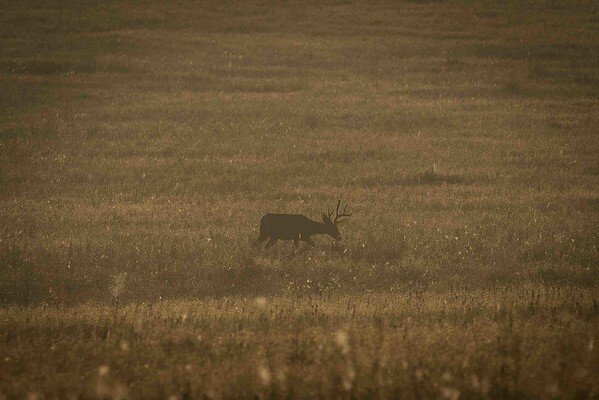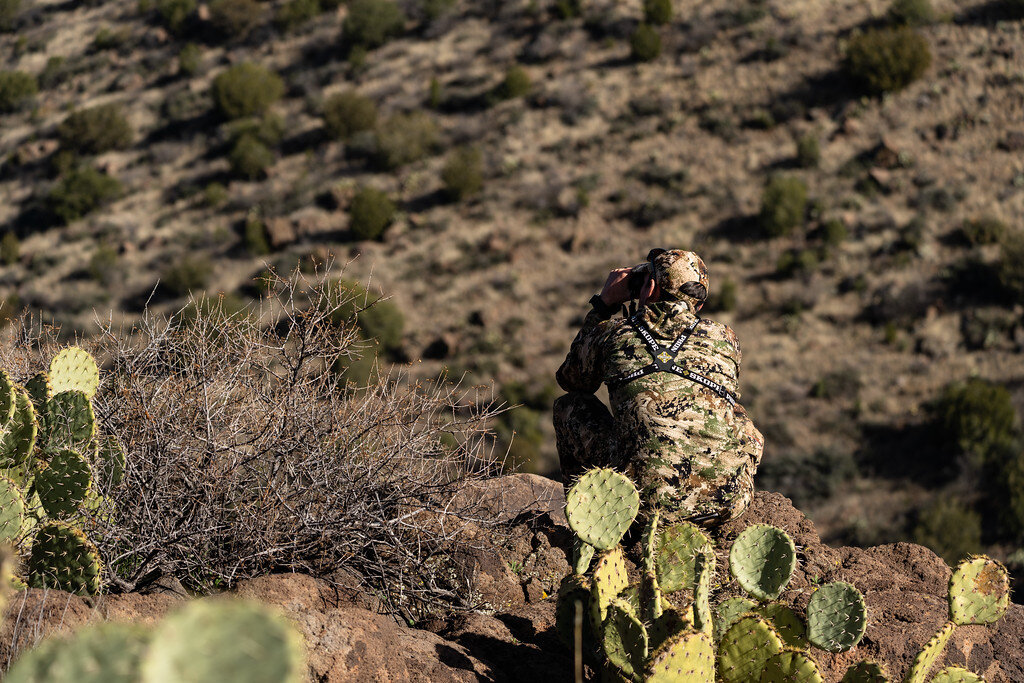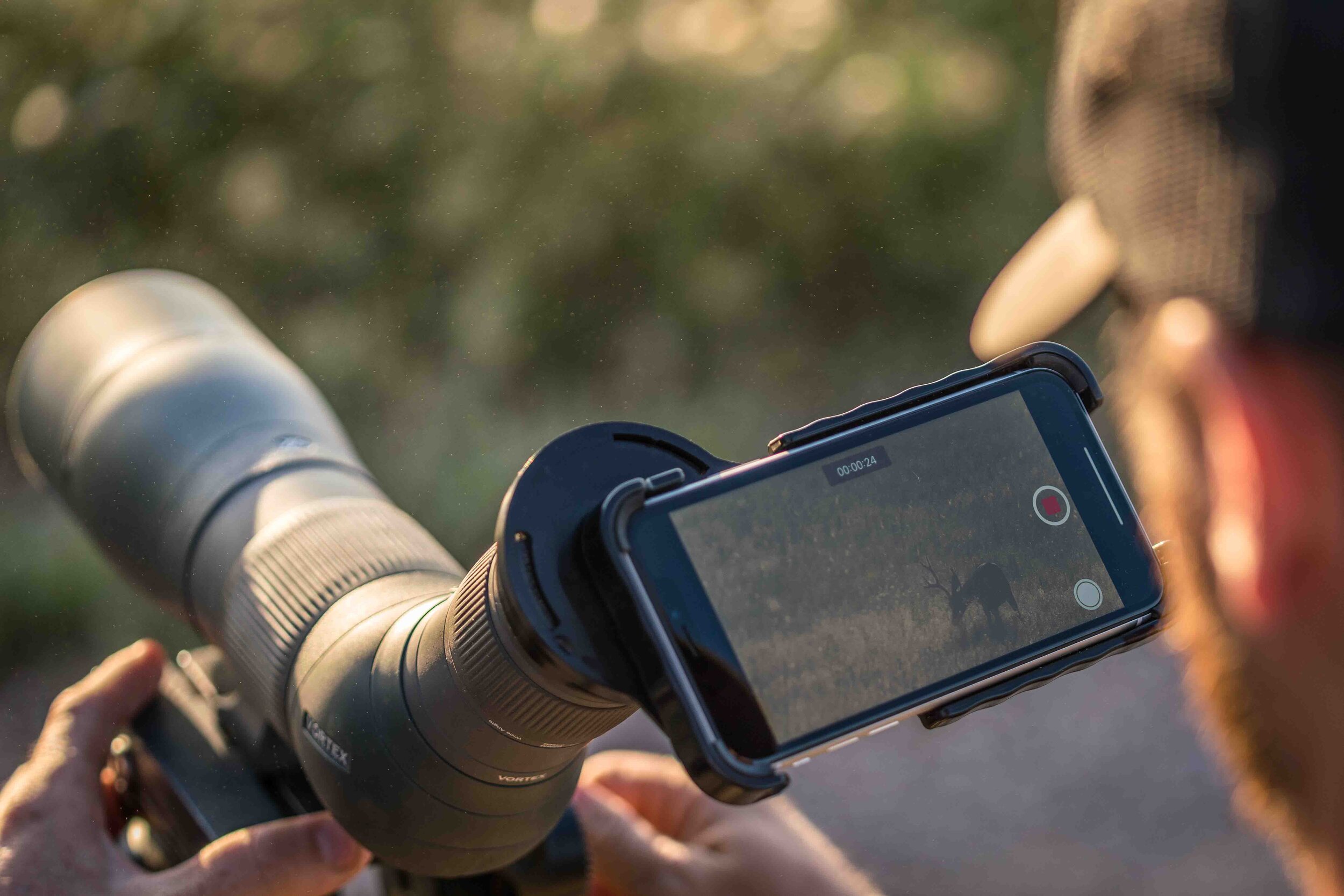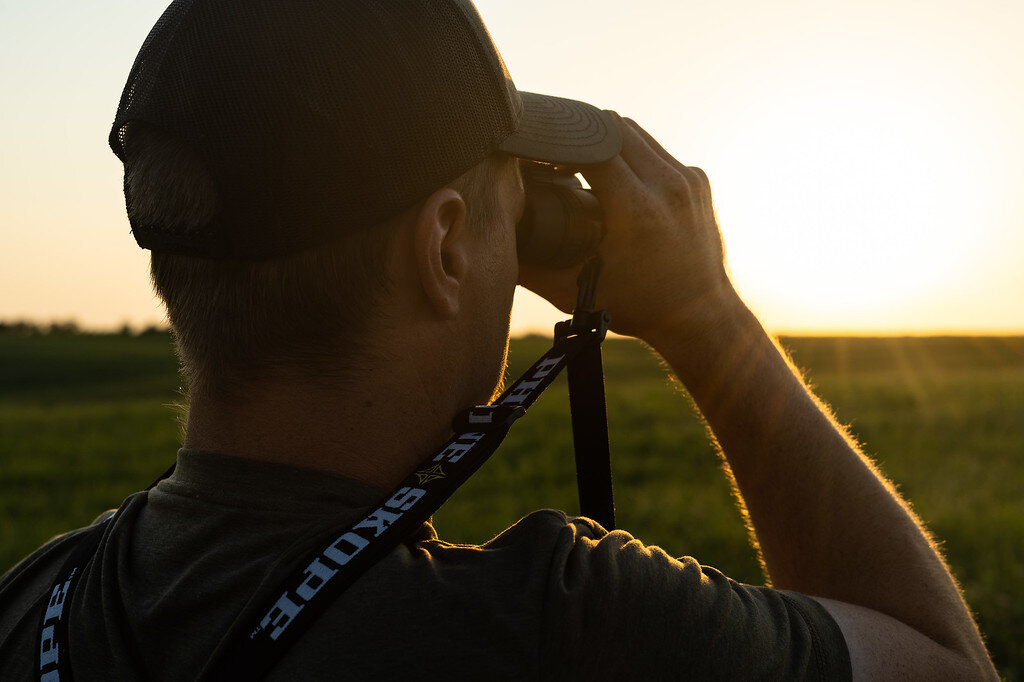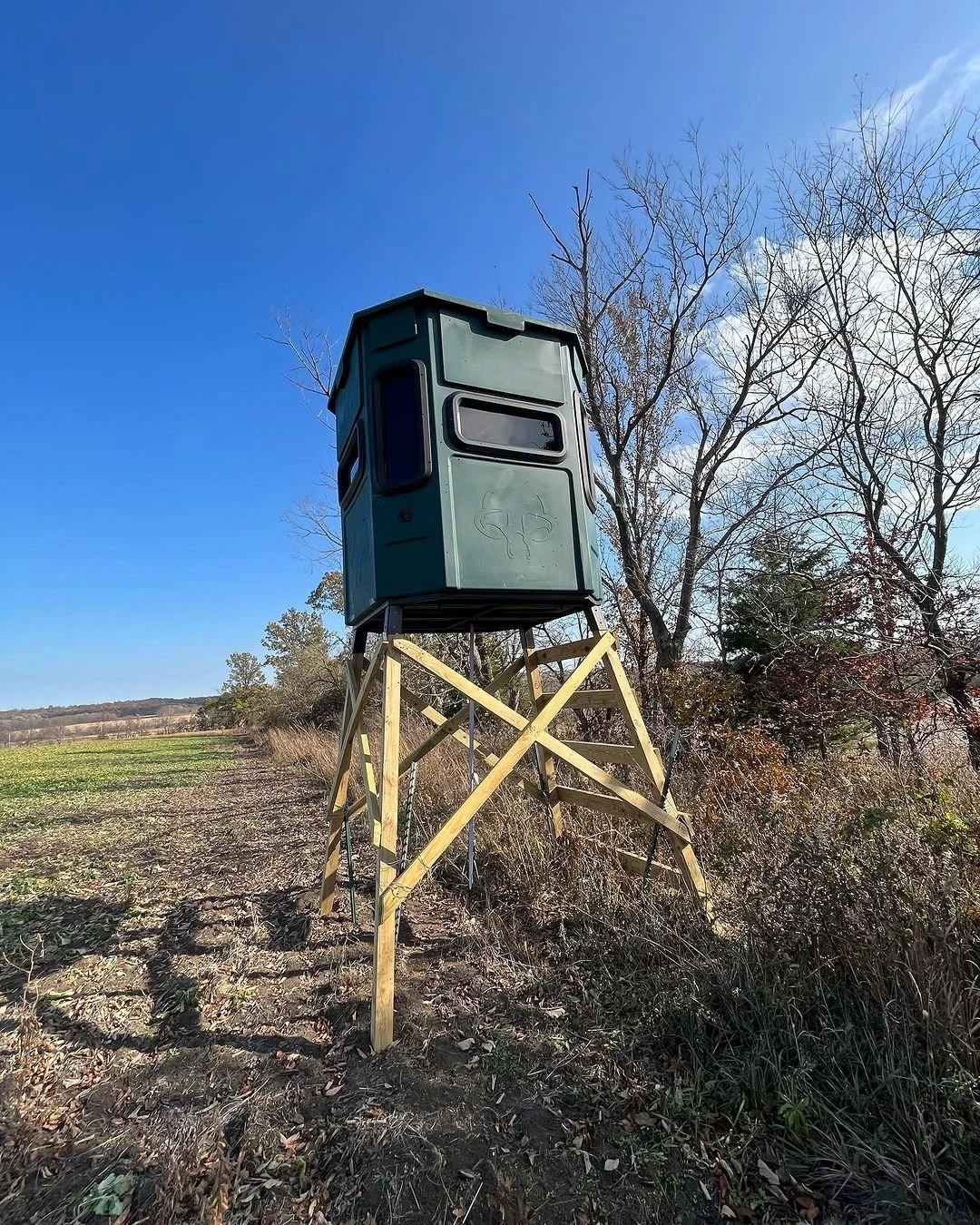Scouting Western Public Land
Michael Mancl’s giddiness pierces through his tired eyes as he thinks about the coming hunt. After an 11 hour drive, he and Brennen Nading are about to head into the open North Dakota plains to hunt down some mule deer. “We drew mule deer tags this year trying something different for opening weekend” says Mancl, “Usually we spend it at the cabin on the east side of the state doing some whitetail hunting...We’ve been wanting to get in on some mule deer action and look more into it the last couple years. Decided to put in for tags this year and were lucky enough to draw, so we decided we’d give it a shot.”
“We drew mule deer tags this year trying something different for opening weekend.”
It’s a tough task to hunt this kind of open country if you’re familiar with the area, let alone if it’s your first time. Mancl and Nading feel this steep learning curve right off the bat. But after a week of persistent scouting, spotting, and stalking, they’re able to get in close enough to take a shot on a nice buck. Here are some quick tips from Mancl and Nading’s adventure on scouting a new public land hunt.
Photo: Black Stamp Media 2019
1. No Trespassing
This is a surprisingly difficult obstacle to navigate in public land hunts. Landowners in areas like the Dakotas, Montana, and Wyoming are notoriously picky about hunters walking onto their property. And it’s not always easy to tell which is public and which is private, since fences don’t necessarily mark property boundaries. It’s very easy to accidentally find yourself on private property. For this reason, it’s incredibly important to know where these boundaries are, whether you bring a map, GPS, or an app on your smartphone that outlines these for you.
Animals will often flip-flop between private and public land. Mancl and Nading discover this pretty quickly (4:30, and 5:44). Spotting a group of bucks a mile off, Mancl remarks, “We’re not 100% sure if they’re on the public or the private right now, they’re kinda flirting with the border.” As they move in closer, something spooks the deer and they hop back onto the private land. “We got to our last glassing point...they crossed the fence and went back into private land,” says Mancl dejectedly, “Sucks.” It can be difficult to remember to make this distinction when game animals are involved. If you don’t keep your wits about you, buck fever can take over and lead you to forget about those boundaries and chase animals onto private land.
Photo: Black Stamp Media 2019
2. Look For Patterns
Animals, especially deer, tend to follow patterns. Oftentimes they’ll navigate through the same private lands and jump fences in the same places as they work their network of watering holes and food sources. As you scout, look for these patterns and see if you can start to predict their movements. It will vary based on the terrain. Mancl and Nading seem to frequently find mule deer in draws and gullies throughout the episode. “We got a lot of these hillsides that are shaded. We’re hoping that these deer lay in the shaded sides,” says Mancl just before finding a buck laying in the shade of a hillside.
3. Scopes and Binos
A good spotting scope or pair of binoculars will be your best friend when scouting out a public land hunt. You’ll find that they’re absolutely necessary, not just for spotting game, but also for identifying the animal’s sex. Even a record-breaking rack of antlers is impossible to see at the distances you’ll encounter, and it would be a shame to put in the time to stalk up on a group to find that you can’t fill your tag with any of them. Mancl and Nading use both binos and scopes throughout the episode to spot deer and begin their plan of attack.
Photo: Black Stamp Media 2019
If you’re looking for pros and cons, scopes tend to be a bit more expensive and can sometimes be heavier, but they are often more powerful than your average set of binoculars. Spotting scopes can also be mounted on a tripod, which is wonderful for longer distances and extended periods of spotting. Mancl and Nading use both throughout the episode. If you find that looking through a spotting scope puts too much strain on your eyes, Phone Skope makes an adapter that allows you to attach your smartphone to your spotting scope, making it much easier on your eyes. It also means that you can take pictures through your scope and show off to your hunting buddies.
BONUS TIP: When you’re scouting, use a mountain bike to cover more ground when it’s time to go offroad. You can see Mancl using this tactic throughout the episode (most notably at 4:00).
To see Mancl and Nading use these strategies to scout out their public land hunt, check out the full episode below. See if you can predict the movements of some of these animals on S6:E3 of The Breaking Point.
To learn from real-life examples, watch these guys in action on The Breaking Point. Best of luck chasing on your next hunting adventure. Follow us on social for awesome hunting content, @waypointtv.hunting and be sure to tag us in your photos! #FindYourWay




